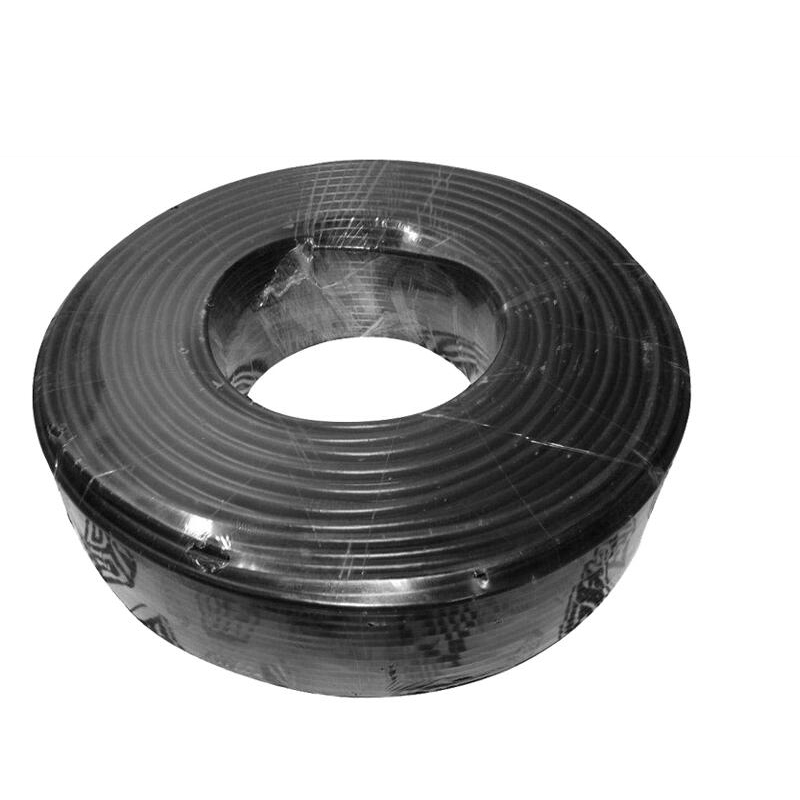Search by posts
Product category
News
 By Admin
By Admin
How does the 3C-2V RG58 cable handle signal loss over long distances?
Attenuation Rate: The 3C-2V RG58 coaxial cable exhibits an attenuation rate that is frequency-dependent. At standard frequencies, such as 100 MHz, the attenuation is typically around 10 dB per 100 meters. This means that for every 100 meters of cable, the signal strength is reduced by 10 dB. As the frequency of the signal increases, the attenuation rate also increases, leading to greater signal loss over long distances. This frequency-dependent behavior necessitates careful consideration of the cable’s suitability for high-frequency applications.
Signal Integrity: Signal integrity is a crucial factor in any communication system. With 3C-2V RG58, signal degradation over extended cable runs is a notable concern. The attenuation of the cable can lead to diminished signal strength, reduced signal-to-noise ratio, and potential degradation in overall signal quality. This loss of signal integrity can impact the performance of communication systems, especially in applications where high fidelity and reliability are essential.
Cable Length: The length of the cable plays a significant role in signal loss. As the length of the 3C-2V RG58 cable increases, the total attenuation accumulates, leading to a more pronounced reduction in signal strength. For applications requiring long cable runs, this attenuation can become a limiting factor. To mitigate the impact of long cable lengths, it may be necessary to employ signal repeaters or amplifiers strategically along the cable path to boost signal strength and compensate for the loss incurred over the distance.
Cable Construction and Shielding: The construction of the 3C-2V RG58 cable, including its shielding, influences its overall performance. This cable is typically designed with a characteristic impedance of 50 ohms and features a solid conductor and dielectric insulation, along with a braided shield. The quality of the shielding helps to minimize external electromagnetic interference (EMI) and maintain signal quality. However, despite good shielding, the inherent attenuation properties of the cable still affect signal strength over long distances.
Application Suitability: The 3C-2V RG58 cable is suited for short to medium-range applications due to its attenuation characteristics. It is commonly used in applications such as local area networks (LANs), radio communications, and video surveillance systems where cable lengths are moderate. For scenarios that demand long cable runs or involve high-frequency signals, alternative coaxial cables with lower attenuation rates, such as RG213 or LMR-400, may be more appropriate. These cables offer reduced signal loss and better performance over extended distances, making them suitable for more demanding applications.

Recommended products
-
Omni directional TV antenna HD-119A
-
High gain amplified antenna HD-118
-
Indoor&outdoor antenna HD-120
-
Paper antenna HD-110
-
Amplified indoor antenna UR-012FA
-
Omnidirectional TV antennas UR-012B
-
Omni directional antenna UR-012C
-
Magnet indoor antenna UR-012D
-
Antenna for rca UR-312
-
HD TV indoor antenna for rca UR-312
-
Small indoor antenna HD-020S
-
HD TV digital indoor antenna RFC-02

 English
English Español
Español











